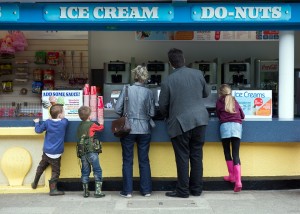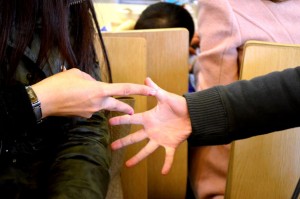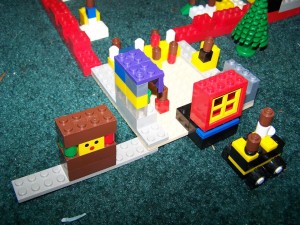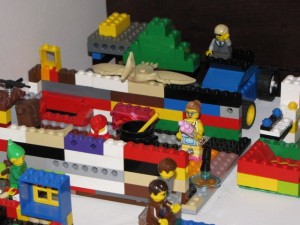This week’s news has been all about making choices. Candidates have dominated the airwaves. Do kids need to learn the skill of making choices? They sure do!
 As adults, we are constantly faced with choosing, and some of our choices affect millions of other people. The skill of making choices is first developed as a child and practiced all life long.
As adults, we are constantly faced with choosing, and some of our choices affect millions of other people. The skill of making choices is first developed as a child and practiced all life long.
Choosing for kids starts out with Yes or No. We’ve all had experiences with kids who say no to everything, even ice cream, although they soon change their minds. But choosing is really only the start. After that, there is dealing with the choice. Children’s reactions to choices, even their own, can vary from delight to temper tantrums. No wonder having to choose can be overwhelming.
Some children make choices based on their first impulse. There’s no pause to think if it’s a good decision or not. Others will wait for someone else to choose and copy that choice. A few children are almost frozen by even a few possibilities so choices have to get made for them. Some kids have a strategy of choosing everything, but that doesn’t really work either. Choosing is not easy at all.
We can support children as they learn this skill by giving them opportunities to choose. Instead of asking a child what s/he wants to wear today which is a huge amount of possibilities, we can guide the choice: “Do you choose to wear your red pants or blue pants?” Kids may be able to select the color of the bowl for cereal, pick out a book, or decide on which fruit for snack. Later on, choices can be more complicated.
 There are a few games that we can show kids how to play to help make choices like Eenie, Meenie, Miney, Mo and Rock, Paper, Scissors. Talking outloud about our own choices gives children a model to imitate. Stories, books, and conversations can also be part of the learning curve. Can your child have some fun and play today with the skill of making choices?
There are a few games that we can show kids how to play to help make choices like Eenie, Meenie, Miney, Mo and Rock, Paper, Scissors. Talking outloud about our own choices gives children a model to imitate. Stories, books, and conversations can also be part of the learning curve. Can your child have some fun and play today with the skill of making choices?



